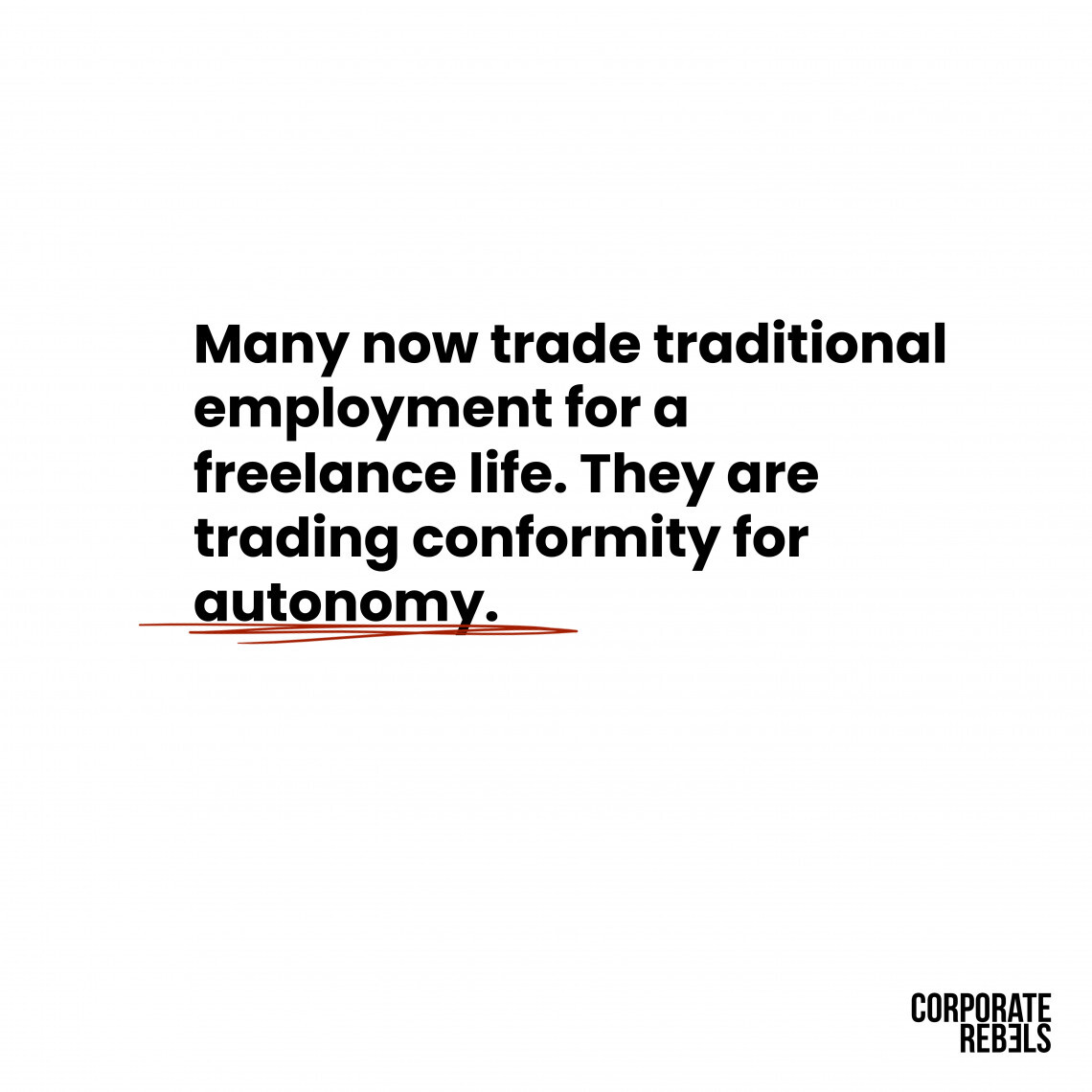What’s Your Workstyle?

This is a question we’ve been asking since 2014. You may not have been asked yet, but in future we think it will be inevitable. We created ‘workstyle’ to give people a language to describe their choice of when and where they work. Given that technology has liberated us from office routine, time and place, we felt it was missing from our vocabulary.

For a long time, we assumed there was little freedom when it came to work. It was office-based, Monday to Friday and 9 to 5. Any choices we made would need to fit with that idea of what ‘work’ meant. If people were unable to work on these terms, options were limited. Think of older workers, parents, the neurodiverse, those with chronic illness, physical disability or mental health issues. They struggled to fit this rigid mold.
The good news? The times are changing, as is our understanding of how we can earn a living. Jobs for life are rarer, and the corporate ladder is less linear.
Helen Tupper and Sarah Ellis explore this in a book ‘The Squiggly Career’. And Emma Gannon’s ‘Multi-hyphen Method’ captures the idea that many of us like more than one string to our bow.
Attitudes to work are changing
Many now trade traditional employment (which doesn’t feel as secure as it once did) for a freelance life (which doesn’t seem as daunting as it once was). They are trading conformity for autonomy. And they are pioneers of a shift in behaviors. They are early adopters of what we call ‘workstyle’.
For example: Hoxby is a community-based B-Corp with no offices, no employees and no working hours. It has been a testbed for workstyle since 2015. Its freelance (and diverse) teams come together to deliver projects for clients like Unilever, AIA, Merck and AWS. And more companies are following in the wake of covid.
This isn’t all that surprising. For 4 years Hoxby has researched the impact of autonomy on performance. The conclusion is clear. When people can decide how, when and where they work (workstyle) they are more productive, and enjoy an increased sense of well-being.
The research found two things are required for ‘workstyle’ to be enjoyed:
1. Experienced responsibility
When an employee has autonomy over work hours, they could feel compelled to work all the time, at the cost of work–life balance. So, workplace culture must also encourage individuals to stick to their preferred style to enjoy true autonomy.
Hoxby understands that with autonomy comes accountability. This is achieved in several ways. First, the community operates as a meritocracy. Members are judged on the quality of their work, rather than time at work. This eliminates the pressure to always ‘be on’. Plus, the core value of #respecttheworkstyle is self-policed by all Hoxbies.
For example, when setting up a video call, or requesting a progress report, it’s not uncommon to end a Slack message with ‘Please let me know a day or time that fits with your #workstyle’. People are diligent about turning off notifications when not working, plus post-project reviews highlight issues where #workstyle has been compromised by the client or project requirements. They then adjust for the future. Lastly, for work requiring traditional coverage like, say, supporting an Account Director who needs access during office hours, the work can be shared by several people who cover the hours together.
2. True autonomy
Autonomy won’t work if the workstyle doesn’t reflect a person’s choice. For example, if a full-time employee has to work remotely as a result of cost-cutting, the closure of an office or their inability to secure a permanent role. At Hoxby they know that everyone is working in their preferred way as they opted-in at joining Hoxby and the application process sets clear expectations.
Hoxby has been described as ‘freelance revolution 3.0’. Their structure eliminates the drawbacks reported by many independent workers. Plus, members enjoy support from peers, a connection to purpose, improved mental health and community engagement. They may even enjoy improved financial security through a profit-sharing scheme. Plus, they can access a wide network of opportunities, all of which focus on the well-being so important to productivity and the creation of a happier, more fulfilled society.
In short, research confirms the link between autonomy and productivity we have seen firsthand. But data isn’t enough to change behavior. We have seen seismic human behavior change simply via the introduction of new words. Recall the post-pandemic understanding of what it means to be part of a bubble, or on Zoom, as examples of influential language.
Workstyle can be a word we all use to bring about the inevitable: an autonomous future of work that offers better wellbeing and productivity.
This is a guest post from Alex Hirst, co-founder of Hoxby, a purpose-led organisation that exists to create a happier, more fulfilled society through a world of work without bias. For more information on Alex and the company, check out his rebel page.





